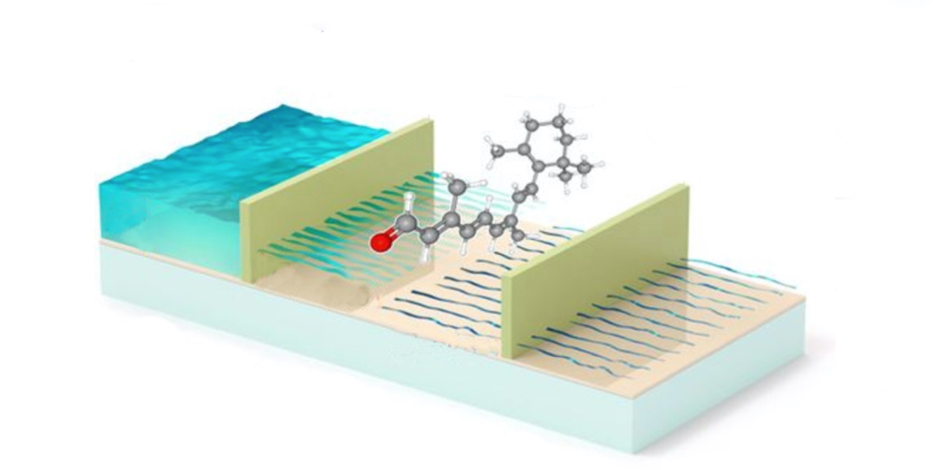F. Javier García de Abajo – Institut de Ciències Fotòniques (ICFO)
Infrared absorption spectroscopy is routinely used to detect minute concentrations of molecules by analyzing and studying the molecular vibrational and electronic excitations. This technique has proven to be an excellent candidate for applications in areas such as medical diagnosis and detection of hazardous substances. However, because the wavelength of the infrared light used to detect the molecules is several microns, while the sample measures only a few Angstroms, molecular vibrations are excited by light with low efficiency, thus limiting this method in spatial resolution. In this study, we report on a novel approach that can chemically identify amounts of molecules at the zeptomol level (one 10-21 part of a mole, or about 600 molecules of a substance). We propose a device that uses ballistic electrons moving within a 2D semiconductor to detect and chemically identify the molecules. Instead of using photons to interact with the molecules, we use electrons that move ballistically in the semiconductor.
This approach is based on injecting electrons with well-defined energies through the device and having them interact with the analyte molecules placed close to the 2D-material. The interaction produces energy losses, which are directly associated with the fingerprints of the molecules. The 2D material is basically used for this purpose because it already provides vertical confinement of the electrons without the need of a vacuum chamber to run the experiment. The energy losses produced by interactions between the incident electrons and the analyte are then resolved in energy to generate a spectrum in the IR range, which exhibits the fingerprints of the molecules.
This theoretical study demonstrates a new approach towards the identification of molecules at the zeptomol level. Through realistic simulations, we reveal a sensitivity down to the zeptomol level within a device of ~1 ?m2 footprint, which could be integrated for massive multiplexing using currently available technology.
